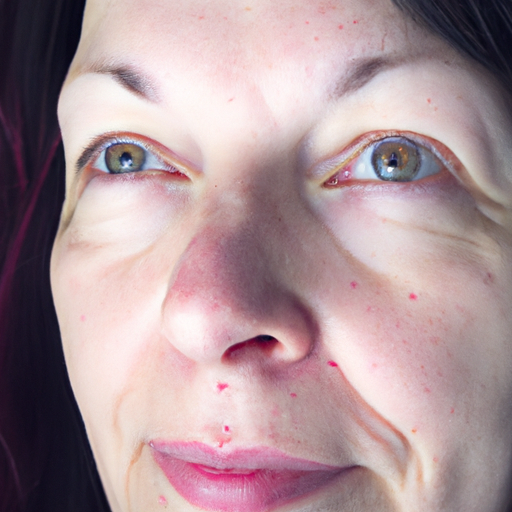Botox, a household name in the world of cosmetic procedures, has been hailed as a miracle worker in the realm of wrinkle reduction. This article aims to unmask the magic of Botox, providing an in-depth understanding of its workings, benefits, and potential side effects.
Botox, short for Botulinum toxin, is a neurotoxic protein produced by the bacterium Clostridium botulinum. Despite its toxic origins, when used in small, controlled amounts, Botox can effectively reduce the appearance of wrinkles and fine lines. It is primarily used for aesthetic purposes but also has therapeutic uses such as treating excessive sweating and migraines.
The magic of Botox lies in its ability to temporarily paralyze muscles. When injected into specific muscles, it blocks the signals from the nerves that cause these muscles to contract. This results in a temporary relaxation of the muscles, which in turn smoothens the overlying skin and reduces the appearance of wrinkles.
Botox is most commonly used to treat dynamic wrinkles, which are formed due to repetitive muscle movements such as frowning, squinting, or smiling. These include forehead lines, crow’s feet around the eyes, and frown lines between the eyebrows. However, it’s important to note that Botox is not effective for static wrinkles, which are lines that appear even when your face is at rest.
The procedure is relatively quick and requires no anesthesia. It involves injecting small amounts of Botox into the targeted muscles using a very fine needle. The number of injections needed depends on various factors such as the extent of wrinkles and the patient’s facial features.
One of the key benefits of Botox is its minimal downtime. Most patients can resume their normal activities immediately after the procedure. The effects of Botox start to appear within a few days and typically last between three to six months. As muscle action gradually returns, the lines and wrinkles begin to reappear and need to be treated again. However, they often appear less severe with time as the muscles are being trained to relax.
While Botox is generally safe, it’s not devoid of potential side effects. These may include pain at the injection site, bruising, headache, flu-like symptoms, droopy eyelids, or uneven eyebrows. Rarely, some people may have an allergic reaction to Botox. Therefore, it’s crucial to get Botox injections from a qualified medical professional who can assess your health history and suitability for the procedure.
Moreover, Botox is not suitable for everyone. People with certain neurological diseases, pregnant or breastfeeding women, and those allergic to any ingredients of Botox should avoid this treatment.
In conclusion, Botox is a powerful tool in the world of cosmetic procedures offering a quick and effective solution to reduce the appearance of wrinkles. However, like any medical procedure, it’s important to have realistic expectations and understand the potential risks involved. Always consult with a qualified healthcare provider before deciding to get Botox injections. When administered correctly by a skilled professional, Botox can work its magic and help you achieve a smoother, more youthful appearance.



